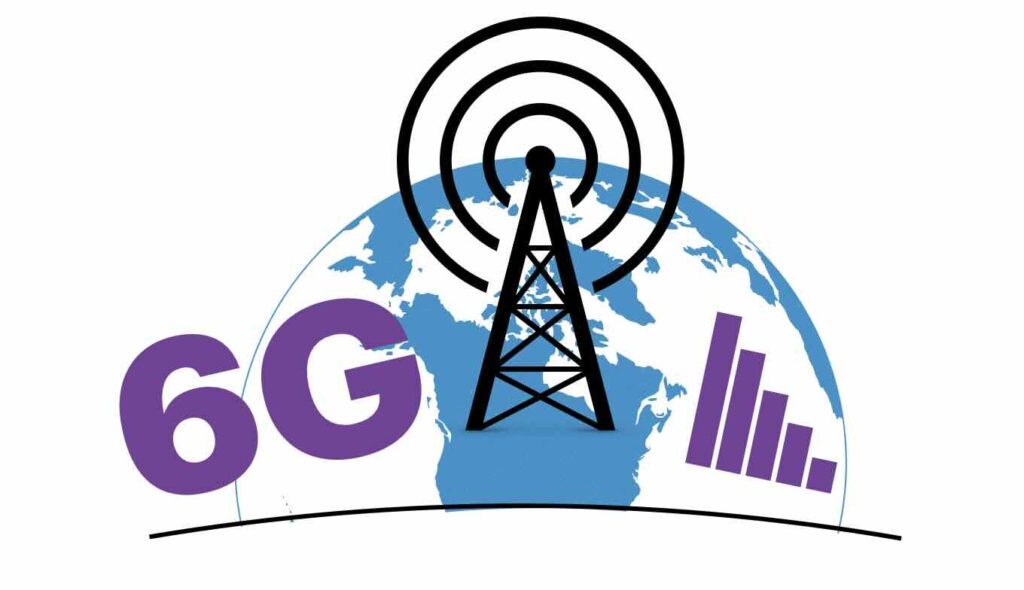The development of 6G cellular service is already sparking conversations and research, even as 5G continues its global rollout. To bring 6G to life, major advancements will be needed across multiple areas—from infrastructure to policy and technology. Below, we’ll explore the key factors that will determine how and when 6G can become a reality. 1. […]
Tag: THz
How is Nokia Testing 5G-Advanced and 6G?
Nokia Bell Labs and Keysight Technologies have partnered in order to verify the performance of 5G-Advanced and 6G transceiver (TRX) modules. Nokia is looking to accelerate research and development critical to supporting 5G-Advanced and 6G use cases. These are use cases which leverage millimeter wave (mmWave) and sub-terahertz (THz) frequencies to wirelessly transmit large amounts […]


